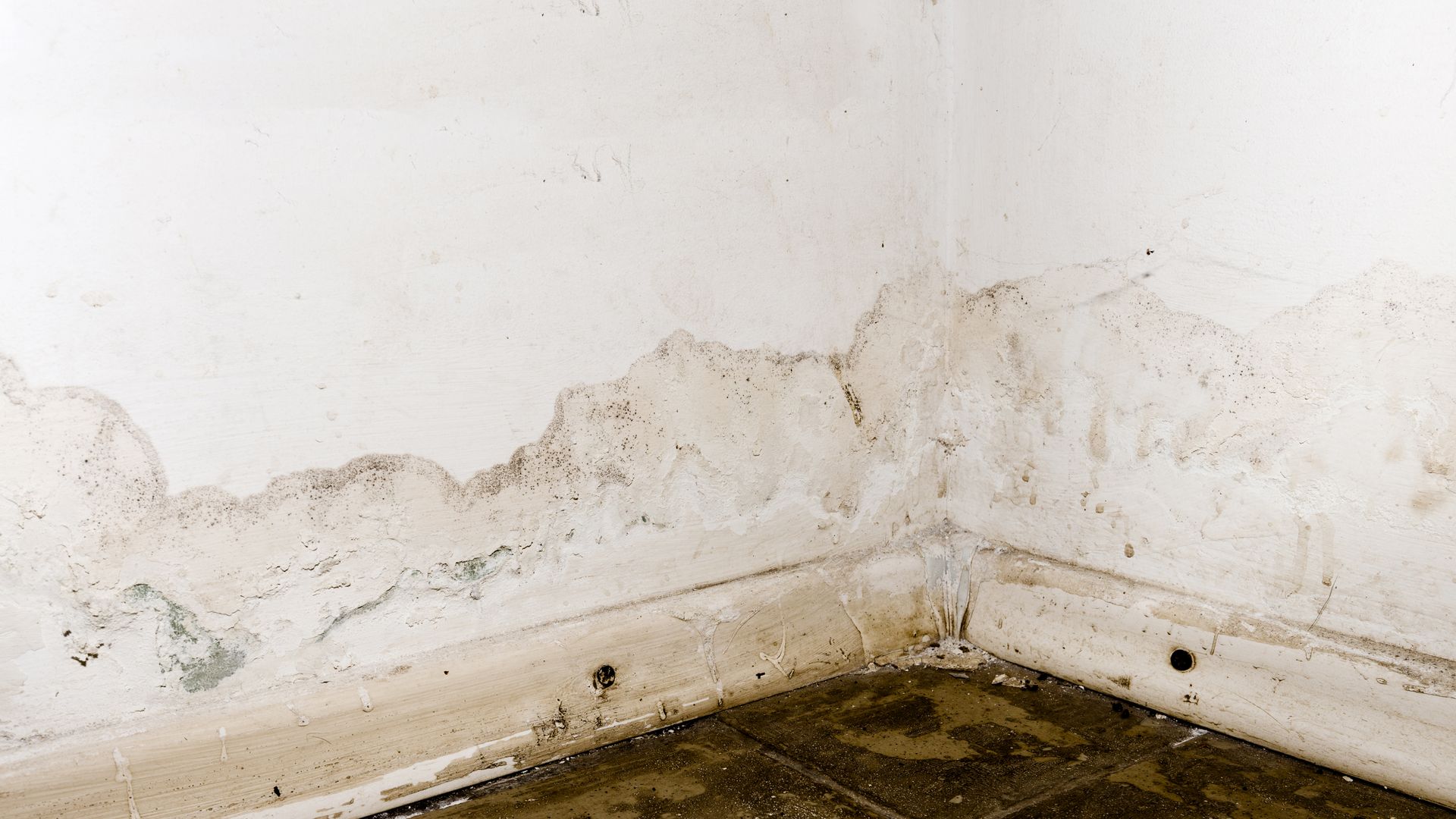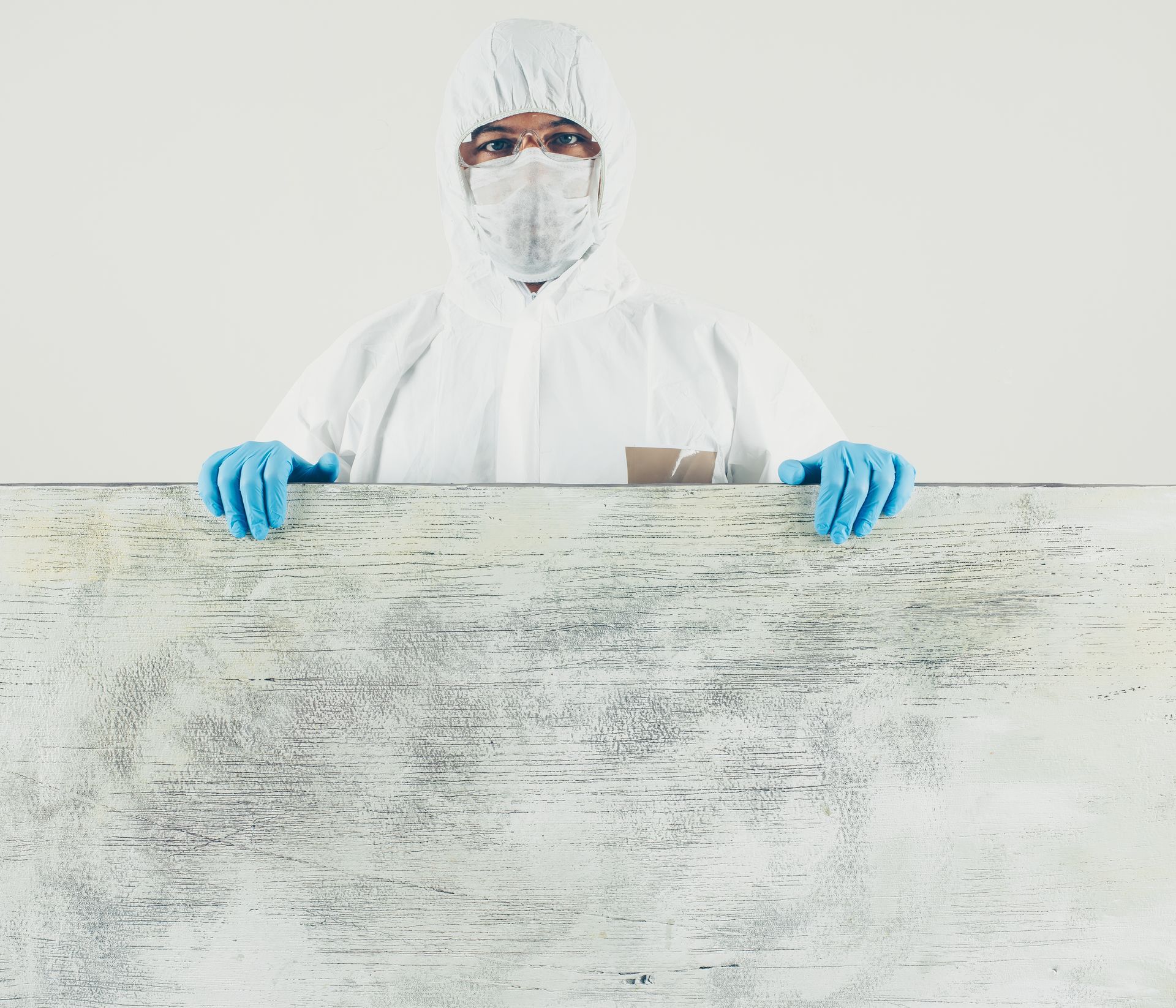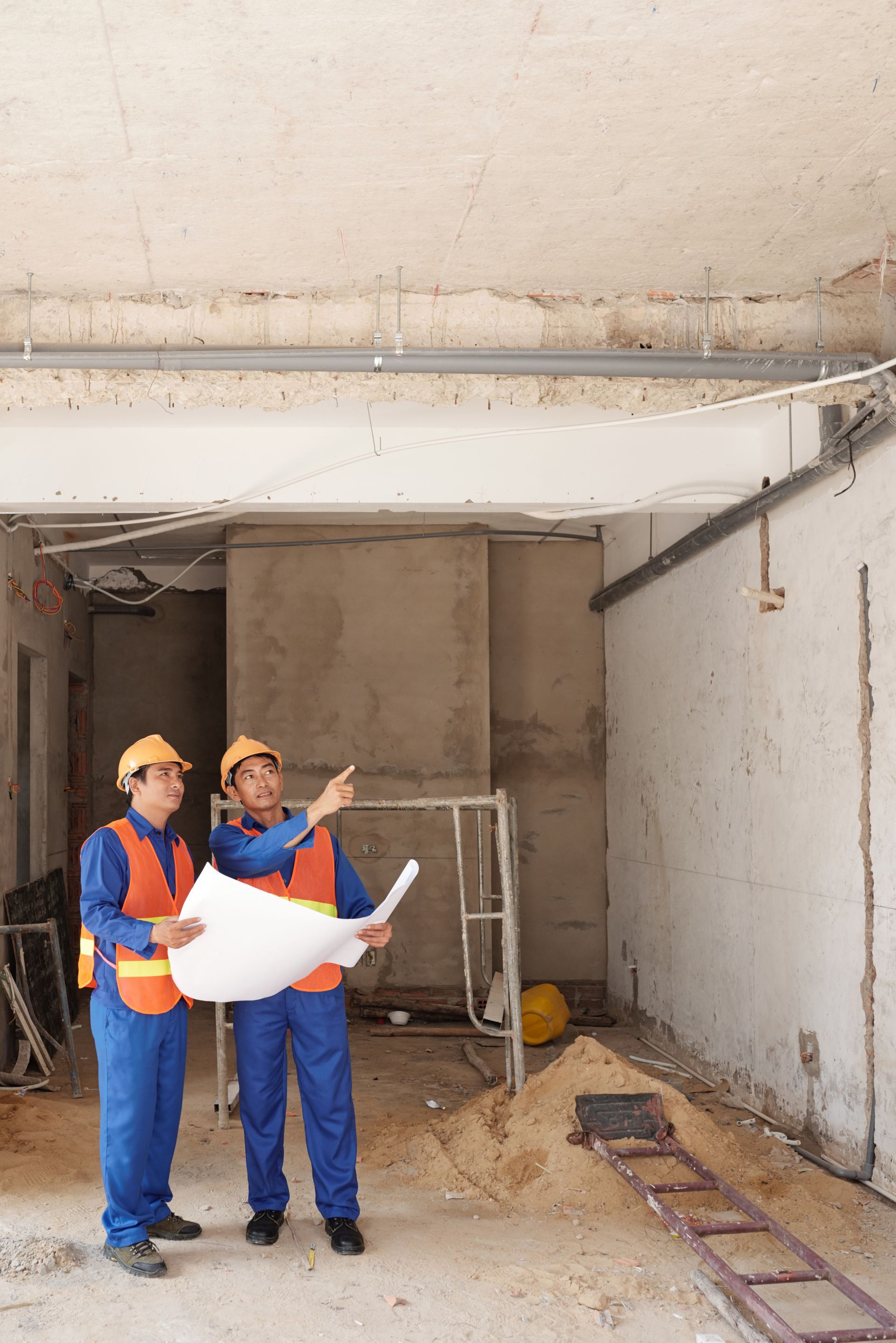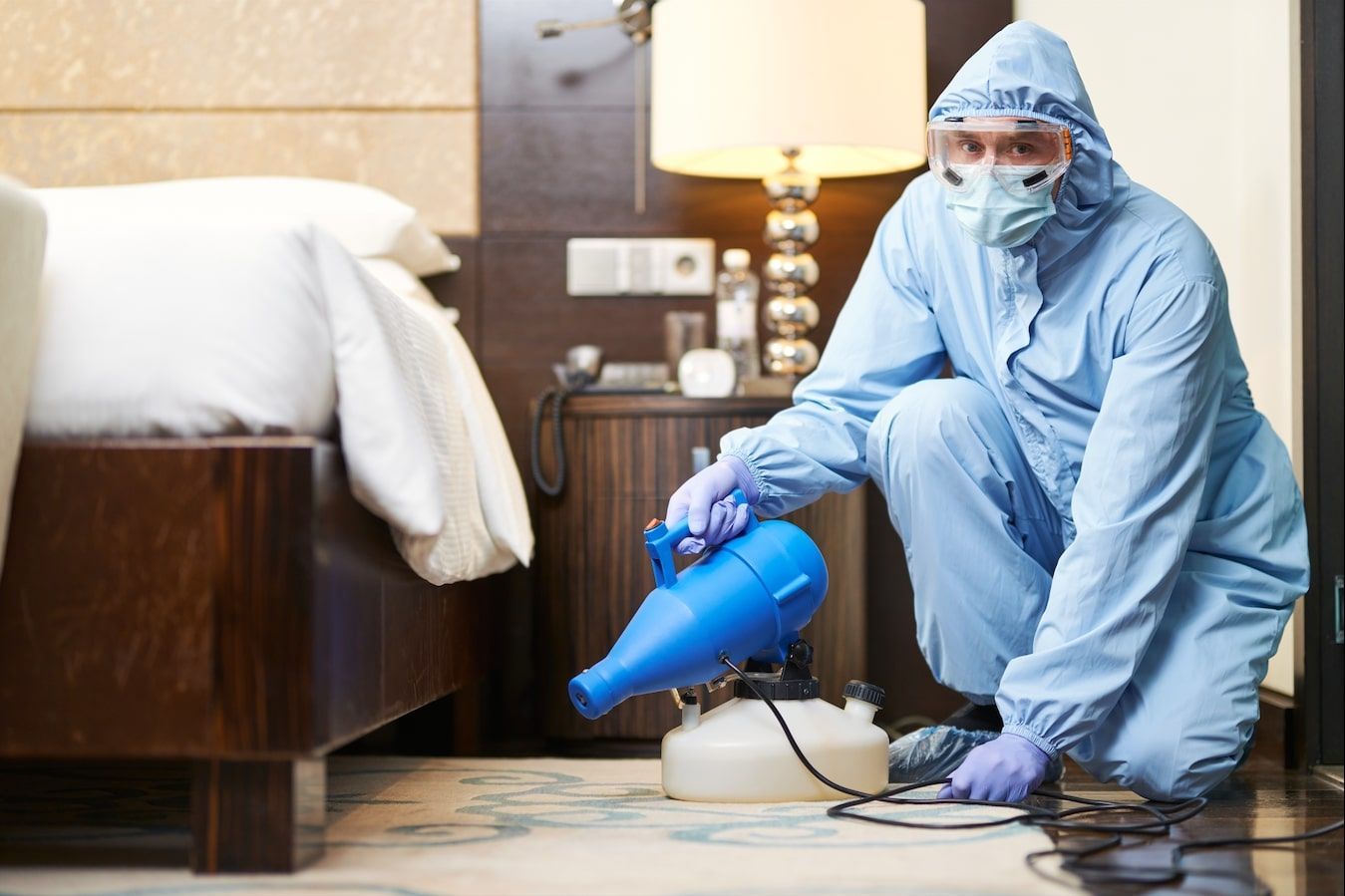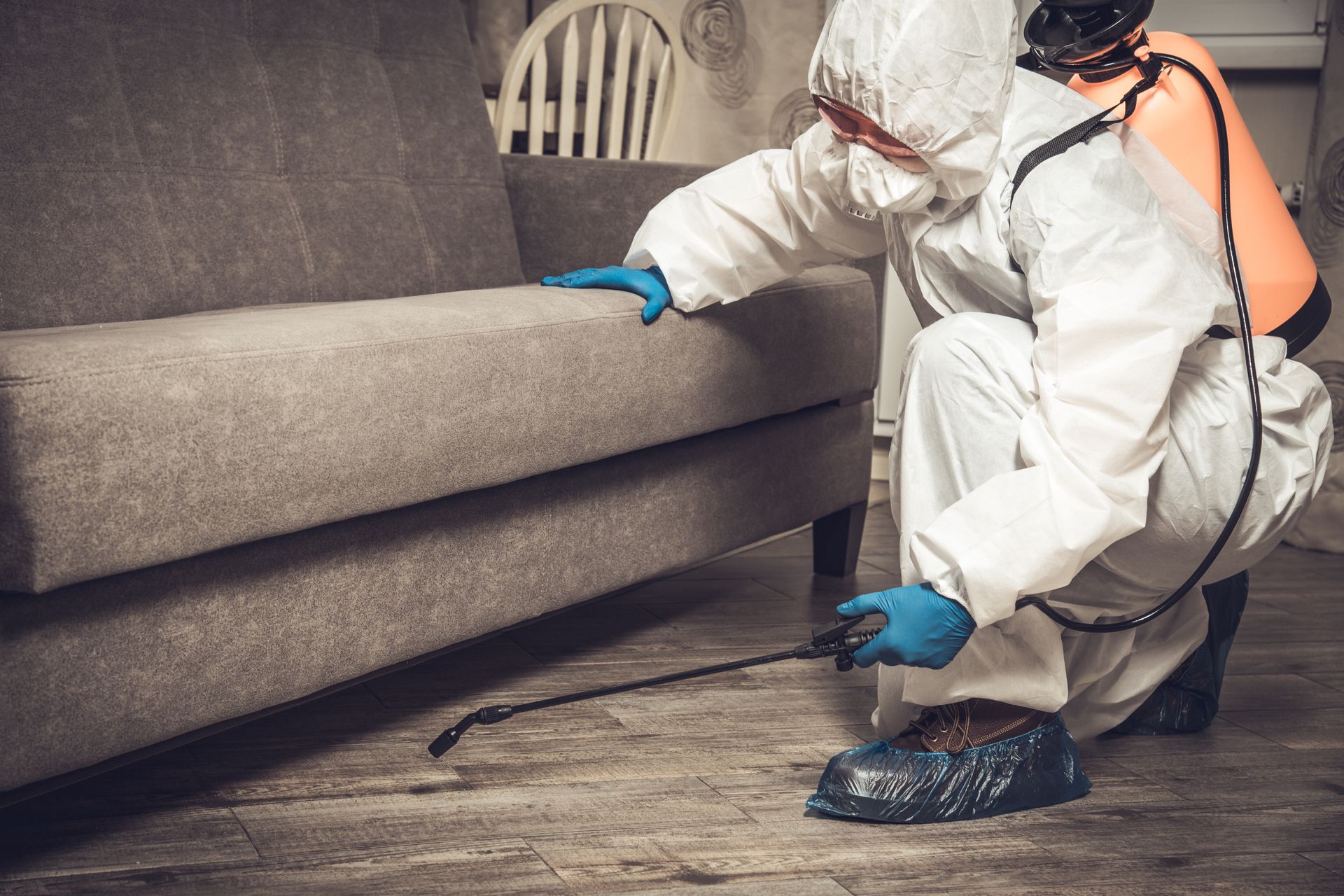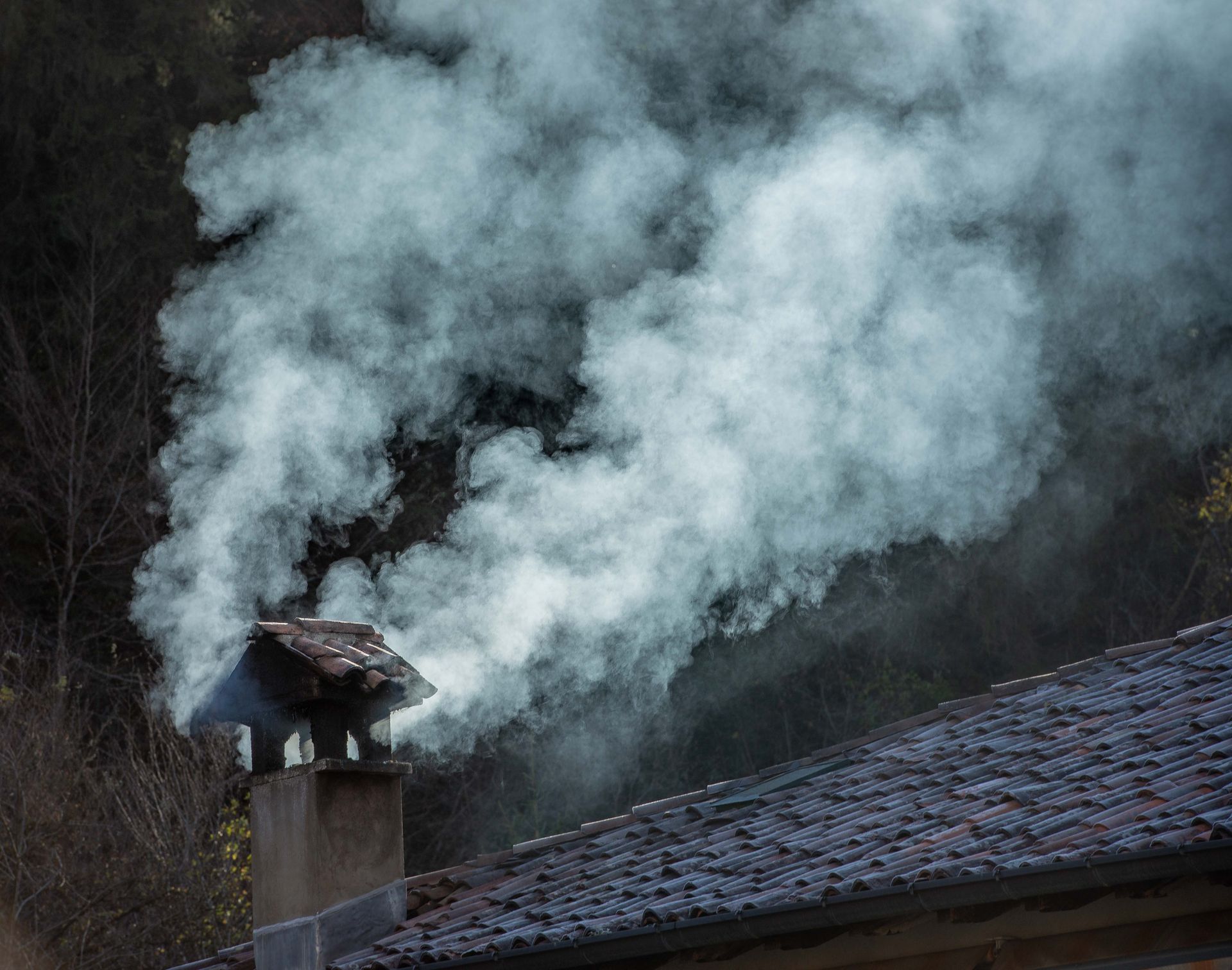Mold in Households: The Most Common Causes
Although mold is an integral part of the natural outdoor ecosystem, it brings health concerns when present indoors. It requires a food source like drywall, wood, carpet, darkness, warmth, and most importantly, moisture. Unfortunately, it is quite easy for mold to grow and spread within our homes with the right combination of elements.
Mold is not always visible to the naked eye, which is why it is essential to understand what causes it, how to recognize signs of mold in your house , and the best practices to deal with it. This article will take you through the most common causes of mold and leave you better informed to handle household mold issues.
Constant Humidity
Homes located in regions of high humidity are at risk for mold. Mold is commonly found in homes near the ocean or by a large body of water, causing mold on ceilings, walls, closets, and under sinks.
Your indoor air’s humidity levels can compound the risk for mold. Your home must be well ventilated so moisture does not build up. Continuous rain, showering, and cooking are factors that can contribute to indoor humidity.
Poor Ventilation
Without adequate ventilation, the humidity will accumulate, leading to mold growth. Good ventilation brings clean air inside and keeps it circulating, not stagnant. Ensure you have enough exterior vents in your house and that they are unobstructed.
Attic and roof vents should remain open to allow proper circulation. Signs of poor ventilation include frosted-looking windows, discolored floor and wall tiles, rust stains on pipes, strong odors, and heat buildup that does not subside.
Condensation Buildup
During winter, many homes will experience a buildup of condensation on cold surfaces. It is often noticed on tile floors, walls, windows, pipes, and concrete. In addition to open vents, a home equipped with a dehumidifier can help considerably to defend against mold.
Leaky Pipes and HVAC Systems
Leaks mean moisture and moisture facilitates mold growth. Leaks in pipes or HVAC systems will typically occur in dark, damp, and warm areas, which increases the risk of mold.
It is recommended that you regularly inspect your pipes and HVAC system for leaks. Remember that the leak may not always be visible with many pipes and lines running below ground and behind walls. If you find a leak, make sure to repair it immediately.
Leaky Roof
It is important to check your roof, attic, ceilings, and walls regularly. Leaks in roofs can occur because of normal wear and tear or an extreme weather event. Regardless of the cause, a leaky roof can quickly lead to mold growth and bring with it a hefty bill. Even a tiny leak can foster the accumulation of moisture and will eventually result in mold growth on ceilings and walls.
Flooding or Water Damage
Just like the saying, ‘when it rains, it pours.’ If you experience flood or water damage in your home, you will likely find yourself dealing with mold growth. It can take days or weeks for your home to completely dry out after undergoing water damage. You want to ensure you hire a mold remediation expert to complete professional testing and mold removal services.
Professional Mold Remediation Services
If you want to ensure your protection from mold in your home, the expert team at Haven Cleaning & Restoration can help. We offer professional restoration and mold testing, removal, and remediation services. Book your appointment online , or call the experts today
The post Mold in Households: The Most Common Causes first appeared on Haven Cleaning & Restoration.

